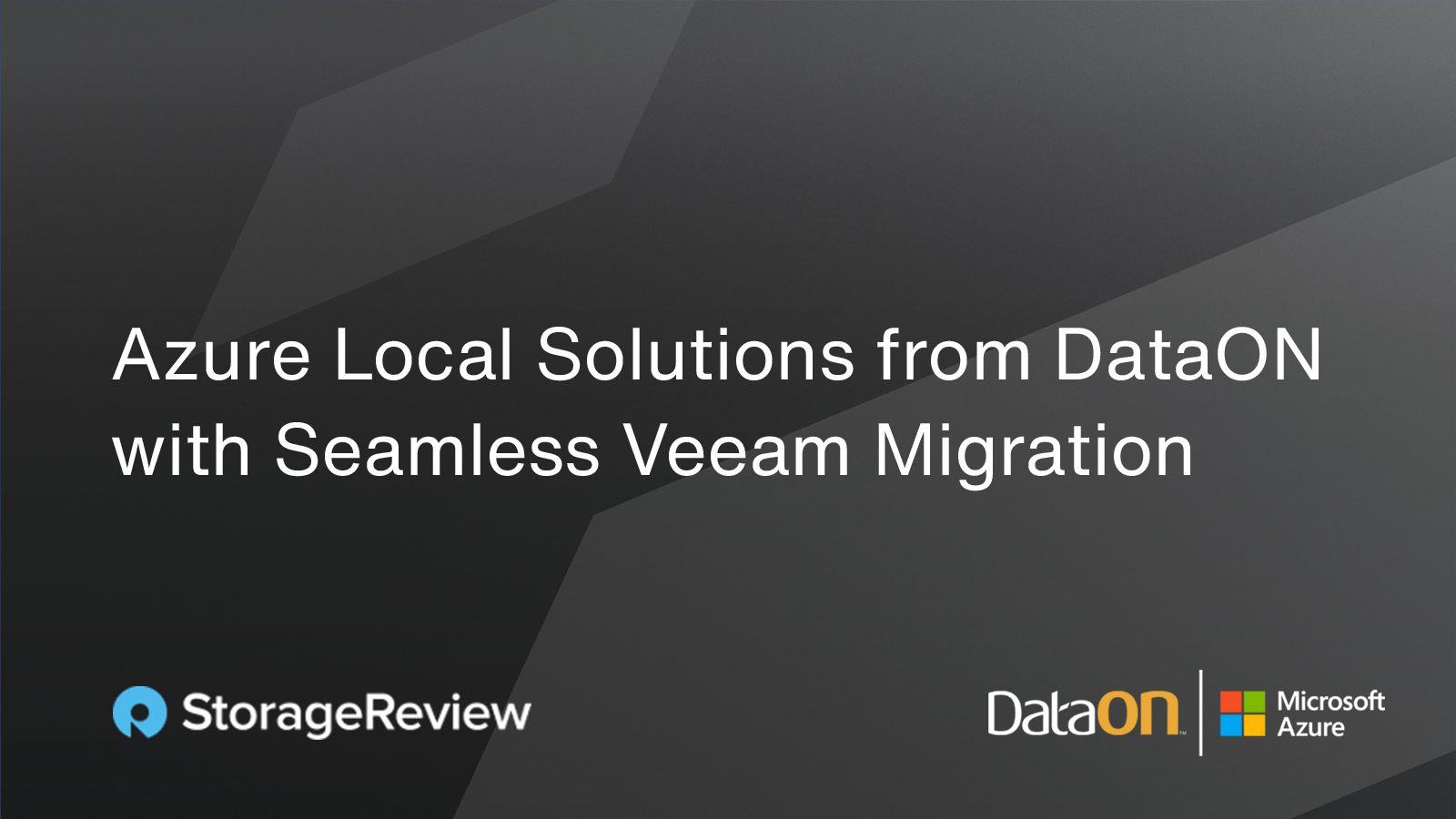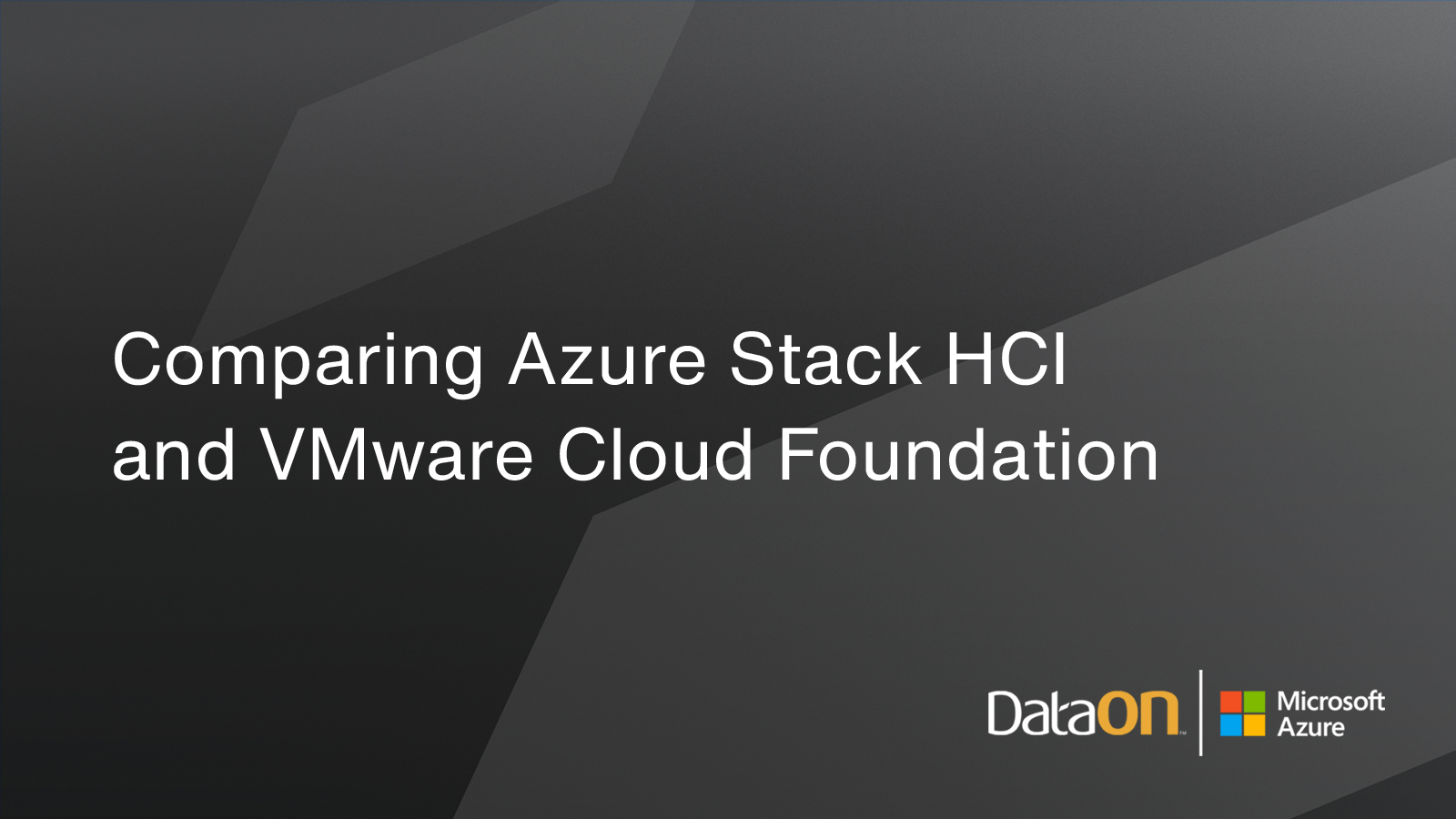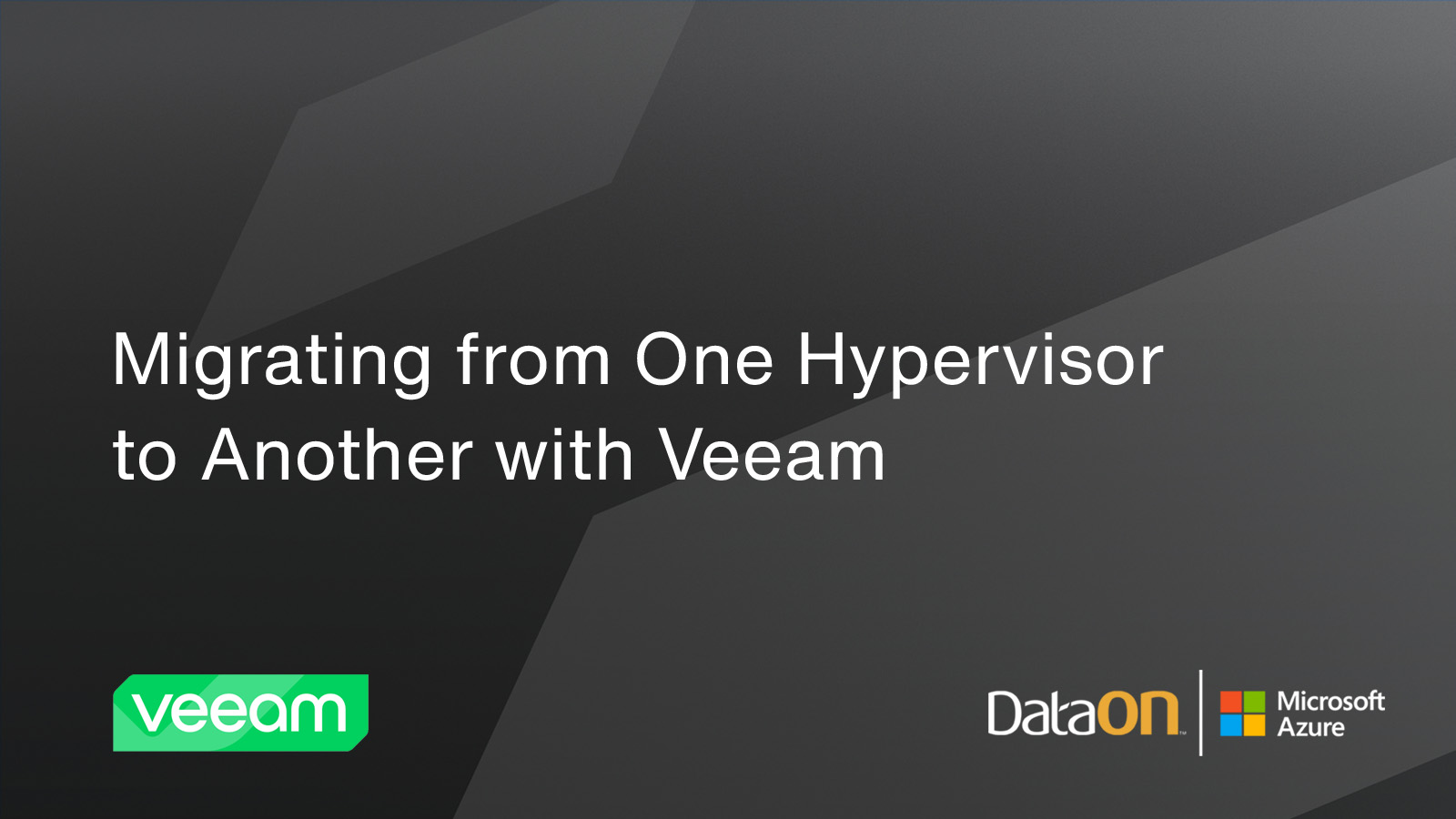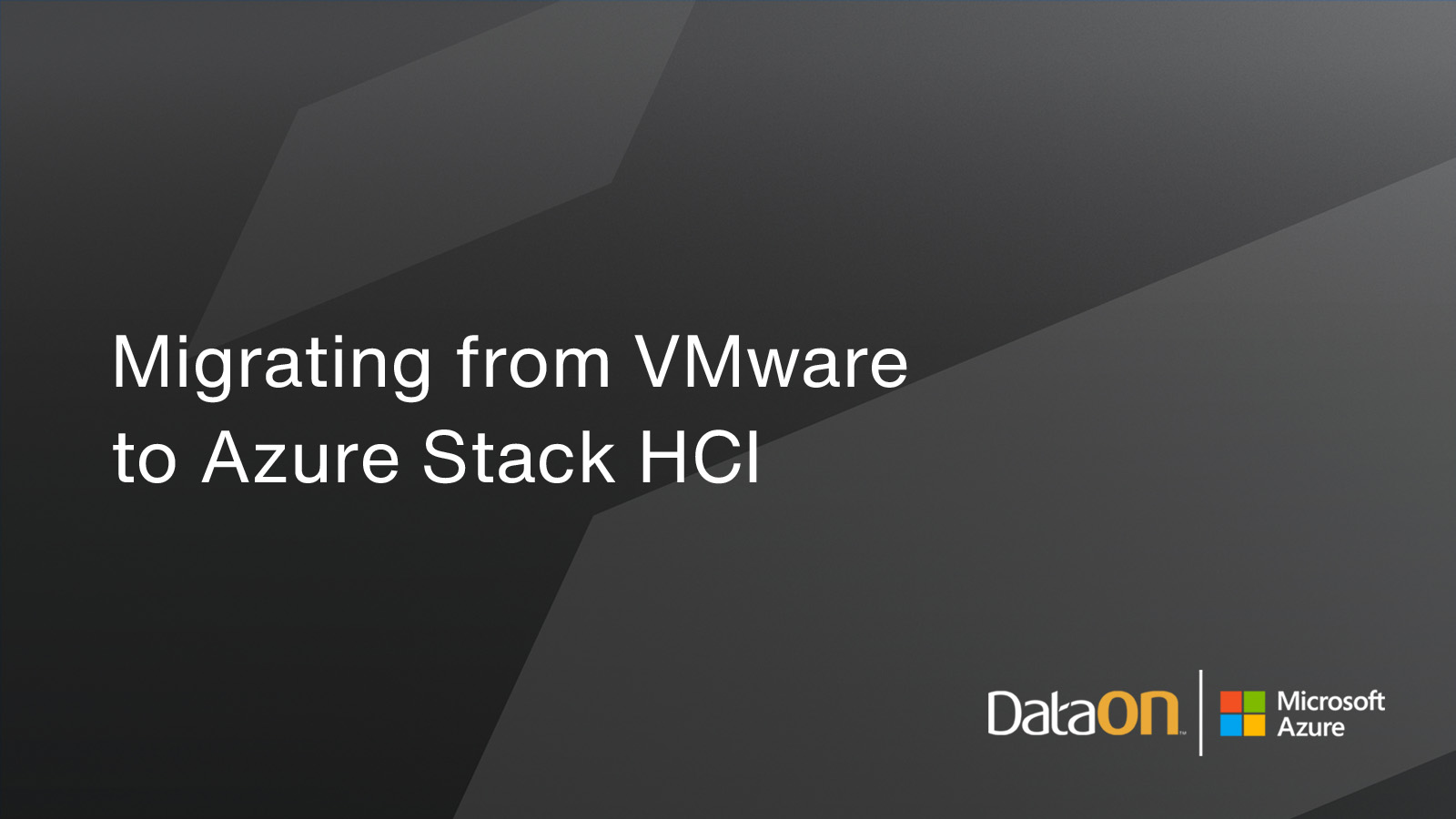Changing Hypervisors with Veeam: Demos and Expert Help
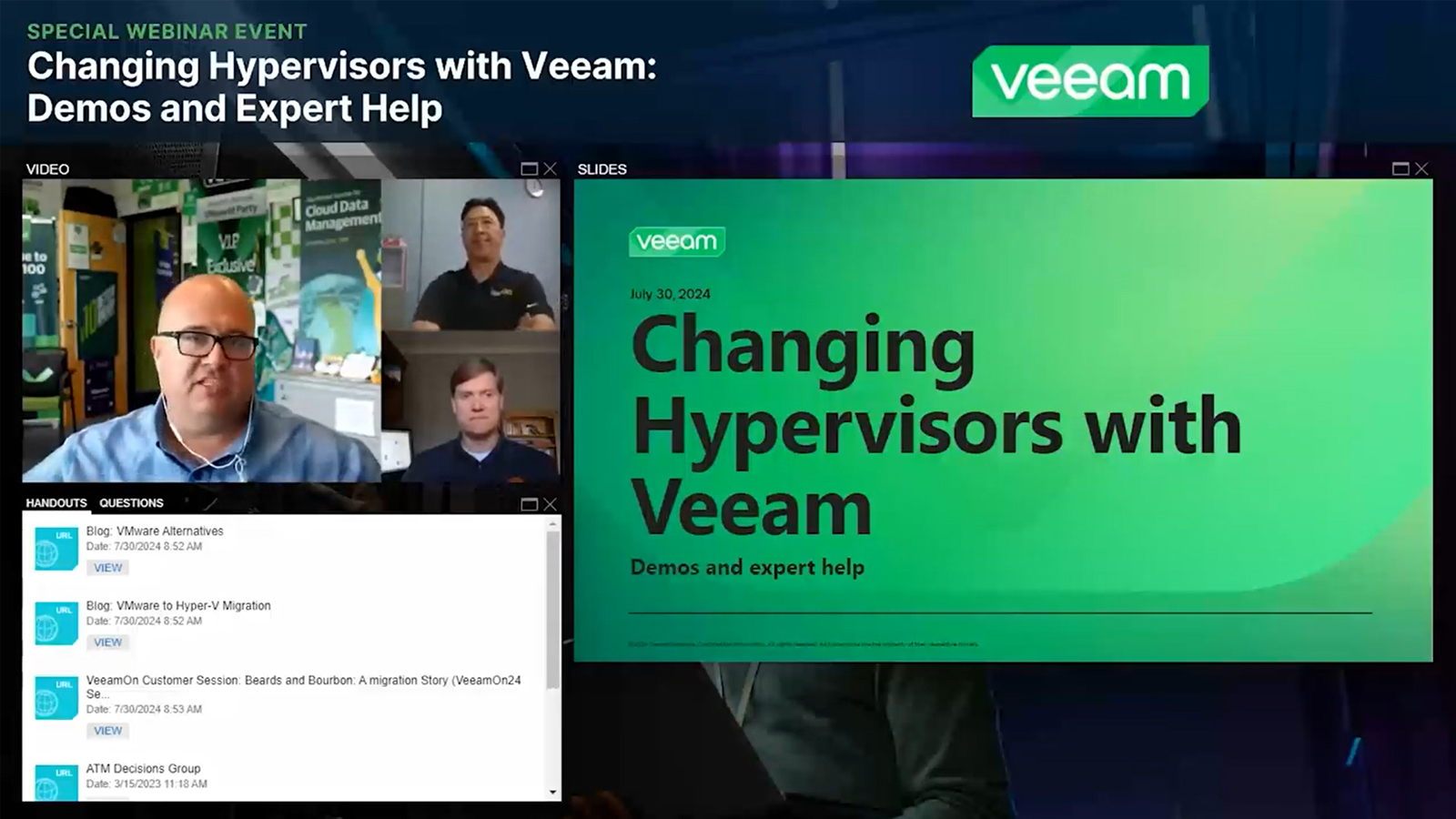
Considerations in migrating to a new hypervisor is top of mind today. This webinar brings Rick Vanover from Veeam, Benjamin Clements from Strategic Online Systems and Howard Lo from DataON together to talk about their experience about what to consider and lessons learned about migrating customers from one hypervisor to another. Recorded 7/30/24.

